Perhaps we should consider April fools day as a national holiday. It has no religious or political implications; no group affiliation, universally accepted, blind to race, creed, nationality.
Over the years I have read or seen some very creative stories created for April fools’ day. My favorite continues to be the one the BBC broadcast more than 30 years ago now. The Lock Ness monster had been found dead. The British Museum of Natural History decided to bring it to London in a refrigerated truck for study. The Scots were literally up in arms that a national treasure such as “Nessy” would be taken out of Scotland, particularly by the English. Armed and angry Scotsmen manned a barricade at the border between Scotland and England to prevent the “national treasure” from being looted by the heathens from the south. This story continued throughout the day, with regular updates of the truck’s progress, and Scotch reaction.
Farmer’s Market
16 INCHES OF RAIN
Route 95 in Warwick is closed. Colony ford along the highway is under 10 feet of water. This is a new record for rainfall for the month of March. Not exactly the kind of record anyone was hoping for. Some people in Cranston may never be able to move back into their houses.
SIX METER FOR SAIL
“MADCAP” IS FOR SALE.
“Madcap” a classic 1924 six meter designed by Frederick Hoyt lovingly restored at IYRS. She finished second in her class in the North American Championships in 2009 in Newport, Rhode Island; and third in the World championships in her division a week later.
Measurement certificate, ready to go. lying Newport, Rhode Island. Call Tom Rowe at NYM Yachts 401-683-1616
six meter class meeting
Saturday, March 27, 2010 Toby Rodes arranged a meeting to discuss the events during the upcoming summer. The day started in Bristol at Lars Gluck’s shop where Totem and Flapper are undergoing refits and finishing, which will surely make already fast boats faster.
12 meters and the America’s cup
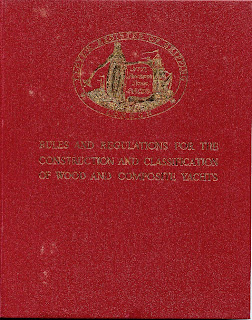

The longevity of the 12 meter class is owed in no small part to Lloyd’s scantling rules. They were strict and the boats were indeed inspected for compliance. These boats were overbuilt certainly by today’s standards and the result is that they are still here today.
In fact while I was building “Courageous” at Minneford’s Yacht yard one of my jobs was to co ordinate with Lloyds, as we were building the first ever aluminum 12 meter.
CORONET
new york to barcelona
Virginie heriot
Virginie Heriot, heroine of french sailing on board her eight meter, in which she won a gold medal in the Olympics; the first woman to do so.
She is also very stylish, many of us would call this “being french”. The photo on the right is my wife, taken in 1975 on board “Quatrofolio” (Shamrock”) the “J” boat looking very much like Virginie Heriot.
Sceptre, K 17 the British challenge 1958
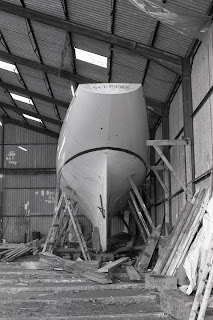 Sceptre, sail number k 17, was the Royal Yacht Squadron’s challenger, built in Scotland, designed by David Boyd. launched in April 0f 1958.
Sceptre, sail number k 17, was the Royal Yacht Squadron’s challenger, built in Scotland, designed by David Boyd. launched in April 0f 1958.

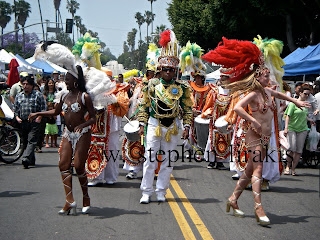



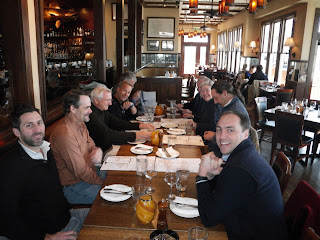
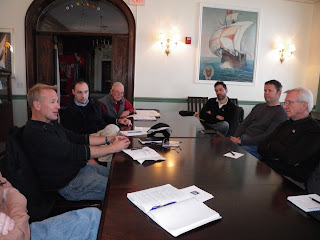

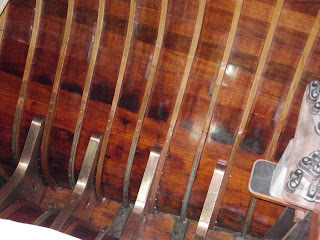




.jpg)

.jpg)
.jpg)
.jpg)




